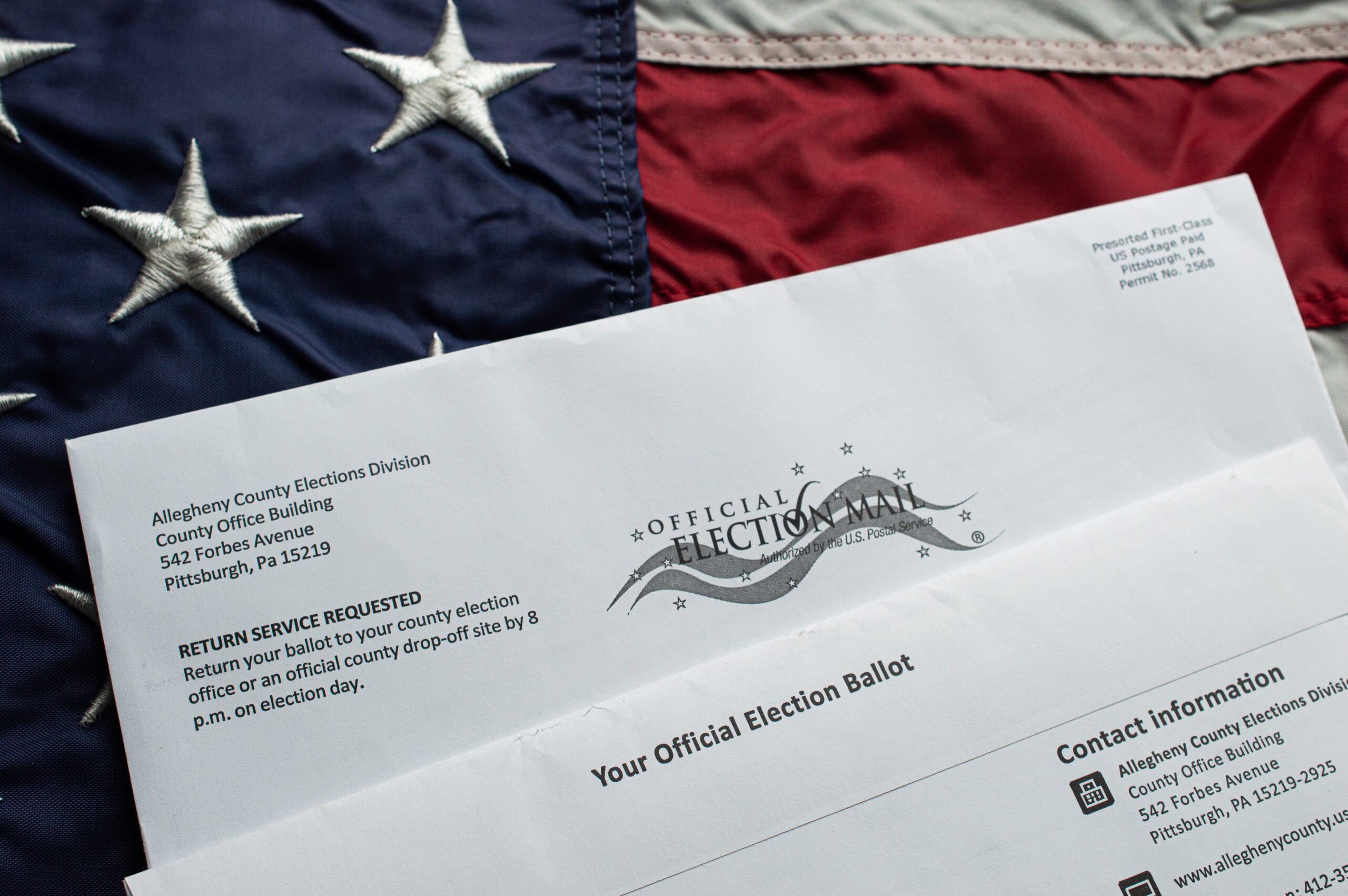Pennsylvania voter rolls: A fact sheet for 2024
- June 28, 2024

Every county in Pennsylvania continually removes ineligible voter records
Our analysis of Pennsylvania’s voter file data since the start of 2020 shows that 28% of all voter records have been removed or inactivated, and every county has maintained its records consistent with federal and state requirements. In most cases, systematic inactivations and removals have taken place on a monthly basis.
According to our analysis of public voter data, between January 1, 2020 and September 2024:
- ~1.6 million unique active records (15%) have been inactivated.
- ~1.9 million unique records (17%) have been removed.
We identified records that appeared to have been inactive for two consecutive federal general elections following the 2022 midterm election, making them likely eligible for removal, and evaluated whether those records were removed from the voter file.1The updated version of this report uses additional data compared to the previous report when calculating eligible but unremoved voters.
Our evaluation shows that:
- Across Pennsylvania, ~99.95% of records that we identified as likely eligible for removal based on inactivity following the 2020 general election were removed from Pennsylvania’s voter file before the 2022 general election.
- So far, since the 2022 election, ~99.92% of records that we identified as likely eligible for removal based on inactivity have been removed from Pennsylvania’s voter file.

Want more Democracy Insights?Subscribe to our weekly newsletter
There is no “correct” amount of inactivations or removals we can expect each year, since state populations are constantly changing in varied ways. But there is a clear, lawful process that produces measurable outcomes.
Numerous processes keep ineligible voters from successfully registering
- County election officials verify every voter’s identity when they register to vote. Applicants must provide a state-issued ID number to register, or a signature along with the last four digits of their social security number if they have one. A copy of a photo ID is required for same day registration.
- Election officials verify each applicant’s U.S. citizenship (for at least one month prior to the election), age (voters must be over 18 years old), and residency (voters must be a resident of their voting district for at least 30 days prior to the next election).
- There are criminal penalties, both for potential voters who knowingly submit false information on their applications and for government officials who knowingly process registration applications with unverified eligibility.
Read more: Why is voter registration data public? Read more: Why is voter registration data public?
The PA Department of State should work with counties to remove duplicate records
- Given its size and complexity, it is likely that some duplicate records in the Pennsylvania voter database do exist. The existence of duplicate records can undermine public confidence in elections, despite voter fraud in Pennsylvania being extremely rare.
- However, it is technically impossible for anyone outside the Department of State (or its legally designated agents, such as ERIC) to give an accurate number of duplicate voter records in Pennsylvania, because outside analysts do not (and should not) have access to the kinds of sensitive personal information – such as social security or drivers’ license numbers – that would make accurate matching and cleaning possible. Even the data ERIC receives is cryptographically hashed before being transmitted, so it cannot compromise the privacy of Pennsylvania voters.
- The definition of a duplicate is clear (one or more extra records for the same real voter), but how you identify a duplicate is very difficult, even for election administrators who have access to more data than the public does.
- As McDonald and Levitt (2008) point out in their analysis of the “birthdate problem,” it is not only possible but expected that some number of individuals will share the exact same name and birthdate on a list of several million voter records.
- Removing duplicate records is extremely fraught, because each time you make an error, you risk disenfranchising a lawful voter.
Upgrading the SURE Voter Database would help reduce the number of duplicates
- Upgrading the SURE voter database to a top-down instead of bottom-up system would make de-duplicating records across counties much easier, and would reduce the likelihood of duplicate records being created in the first place.
- Migrating a voter database, especially in a state as large as Pennsylvania, is a very complicated and expensive project, but it should be a key priority after the next general election.
- Even when migrating to a top-down system, it is technically impractical for a voter database that contains 8.9 million to be completely free of duplicates.
Related Content
Join Us.
Building a stronger, more resilient democracy is possible, but we can’t do it alone. Become part of the fight today.
Donate
Sign Up for Updates Sign Up for Updates
Explore Careers Explore Careers
How to Protect Democracy How to Protect Democracy


